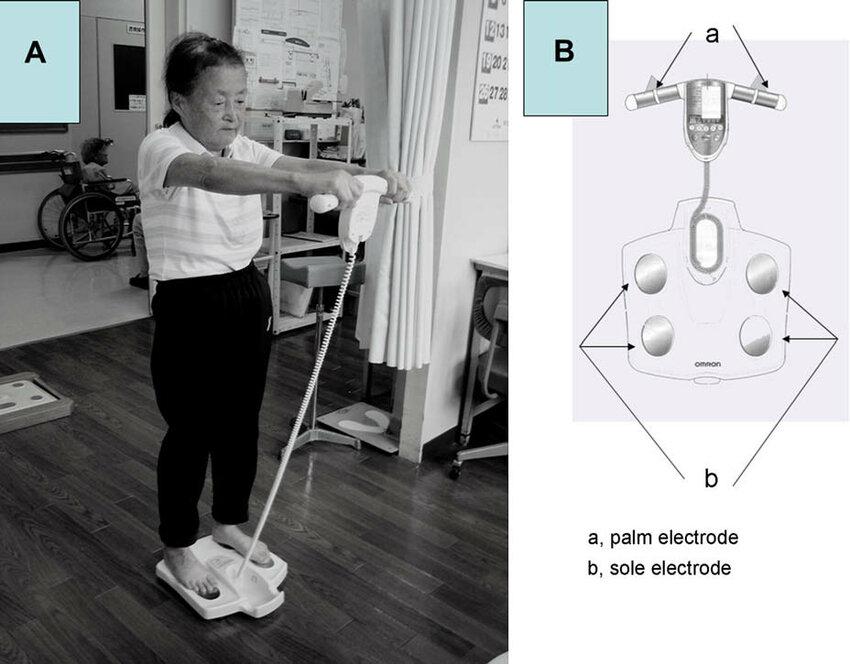Bioimpedance Analyzer Market: Addressing the Rising Demand for Preventive Healthcare

The bioimpedance analyzer market is rapidly expanding as the demand for personalized health monitoring and non-invasive diagnostic tools continues to rise. Bioimpedance analysis (BIA) is a method used to assess body composition, hydration status, and overall health by measuring the resistance of body tissues to an electrical current. This technology offers a wide range of applications in healthcare, fitness, and wellness sectors, addressing the increasing need for accurate, real-time, and accessible health data. As the market grows, several factors are contributing to the rising demand for bioimpedance analyzers.
1. Rising Prevalence of Chronic Diseases
One of the key drivers behind the need for bioimpedance analyzers is the growing prevalence of chronic diseases such as obesity, diabetes, and cardiovascular conditions. According to the World Health Organization (WHO), chronic diseases account for a significant portion of global healthcare costs. Body composition analysis is a valuable tool for the early detection and management of these diseases, as changes in body fat, muscle mass, and hydration can indicate underlying health issues. By providing healthcare providers with real-time data, bioimpedance analyzers allow for personalized treatment plans and continuous monitoring, making it easier to manage chronic conditions effectively.
For example, patients with obesity or diabetes can benefit from regular monitoring of body fat percentage and muscle mass, helping clinicians track their progress and adjust treatment plans accordingly. In cardiovascular care, bioimpedance technology can be used to monitor fluid retention, which is essential for patients with heart failure.
2. Growing Demand for Preventive Healthcare
There is a growing global emphasis on preventive healthcare, as more people recognize the importance of monitoring their health regularly to prevent diseases before they occur. Bioimpedance analyzers are crucial in this shift toward prevention, as they offer an easy and non-invasive way to measure body composition and hydration status. With increasing awareness of lifestyle diseases, individuals are becoming more proactive in their health management. Regular use of bioimpedance analyzers can help individuals track metrics such as body fat, lean muscle mass, and hydration levels, enabling them to make informed decisions about their diet, exercise, and overall health.
3. Advancements in Wearables and Health Tech
The integration of bioimpedance analyzers into wearable health devices is another significant factor driving market demand. Wearable devices such as smartwatches, fitness trackers, and smart scales now feature bioimpedance sensors, allowing users to monitor their body composition in real-time. This technology makes it easier for consumers to track their health metrics on a daily basis, empowering them to take control of their fitness goals and well-being.
With the rise of health-conscious consumers and an increasing demand for at-home health monitoring tools, bioimpedance analyzers are becoming a key component of personal wellness routines. These wearable devices are not only helping users stay on top of their fitness goals but also enabling continuous tracking of important health parameters, such as muscle mass, hydration, and body fat percentage, without the need for expensive medical consultations.
4. Expansion of Clinical Applications
Bioimpedance analyzers are increasingly being used in clinical settings for patient monitoring and management. These devices are valuable tools for tracking fluid retention, nutritional status, and muscle mass in patients with a variety of medical conditions, such as cancer, kidney disease, and heart failure. For example, in heart failure patients, monitoring fluid balance is crucial, as changes in fluid levels can indicate worsening of the condition. Bioimpedance technology provides a non-invasive, reliable, and cost-effective way to assess these parameters without the need for more invasive methods, such as blood tests or imaging.
Additionally, in the field of nutrition and dietetics, bioimpedance analysis is widely used to assess patients’ body composition, helping healthcare professionals provide tailored dietary and exercise recommendations. As healthcare systems increasingly move toward personalized medicine, bioimpedance analyzers are playing an essential role in delivering patient-specific care.
5. Need for Non-Invasive and Accessible Diagnostics
Traditional methods of assessing body composition, such as dual-energy X-ray absorptiometry (DEXA) and hydrostatic weighing, can be expensive, time-consuming, and require specialized equipment. Bioimpedance analysis, on the other hand, is a simple, non-invasive, and relatively inexpensive method that can be used in a variety of settings. Whether in a clinical environment, at home, or in a fitness center, bioimpedance analyzers provide an accessible and effective way to monitor key health metrics.
For healthcare providers, the ease of use and affordability of bioimpedance analyzers are particularly attractive, as they enable more frequent monitoring without significant costs. This has led to widespread adoption in outpatient clinics, home care settings, and wellness centers, where individuals can have regular access to body composition data without needing specialized equipment or procedures.
Conclusion
The bioimpedance analyzer market is addressing a growing need for personalized, non-invasive, and accessible health monitoring tools. Driven by the rising prevalence of chronic diseases, the demand for preventive healthcare, advancements in wearable technology, and the expansion of clinical applications, the market is poised for significant growth. Bioimpedance analyzers offer valuable insights into body composition, hydration, and overall health, making them essential tools in both clinical and consumer health management. As the need for proactive, personalized healthcare continues to rise, bioimpedance technology will play an increasingly important role in improving health outcomes and enhancing quality of life.
- Art
- Causes
- Crafts
- Dance
- Drinks
- Film
- Fitness
- Food
- Games
- Gardening
- Health
- Home
- Literature
- Music
- Networking
- Other
- Party
- Religion
- Shopping
- Sports
- Theater
- Wellness


